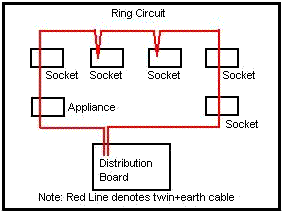romex jockey
Senior Member
- Location
- Vermont
- Occupation
- electrician
Tupperware containers. Its not until recently their regs required metal consumer units where they all gripe about a long needed improvement. Wire bending space requirements are still lacking, we took care of that in 1984, even though at the time our panels still had more wire bending space then they do now.
BS are basically IEC standards
NEC takes the IEC a step further (as least we've some initiative)
Their annual Earth Loop Impedance testing would be mandatory here as well, were we to install to such flimsy specifications
This is why under the NEC , where we built it right the first time, it becomes an opinion
~RJ~

